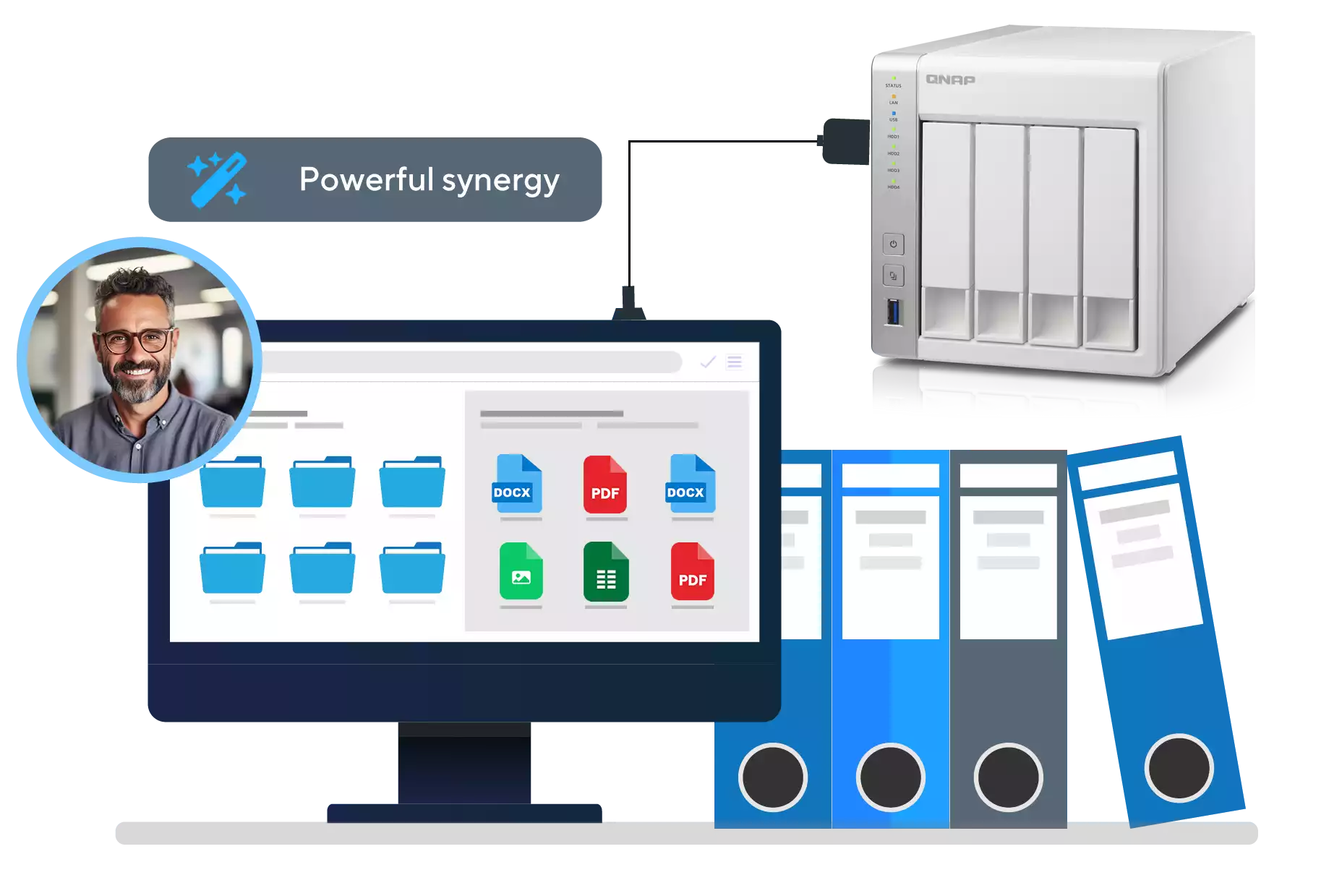가장 높은 할인 혜택 제공
독점적인 내부자 뉴스
무료 추가 업그레이드
가장 높은 할인 혜택 제공
독점적인 내부자 뉴스
무료 추가 업그레이드
우정 신뢰 영광의 말
우리는 당신의 이메일 주소를 아무에게도 제공하지 않으며 모든 이메일에는 한 번 클릭으로 구독 취소 링크가 포함되어 있습니다.
PaperOffice는 자동화된 입고 송장의 획득 및 처리에 대한 효율적인 해결책을 제공하며 감사 가능한 보관을 제공합니다.
폴더 감시 기능을 통해 새 청구서는 자동적으로 획득되고 처리되어 시간을 절약하고 오류를 최소화합니다. 회계 과정을 최적화하고 귀하의 회사의 효율성을 증가시키십시오.
하지만 그것으로 충분하지 않습니다 - 우리는 또한 데이터 기반의 통찰력과 업계 선도하는 효율성을 제공하여 귀하의 요구에 부응합니다.
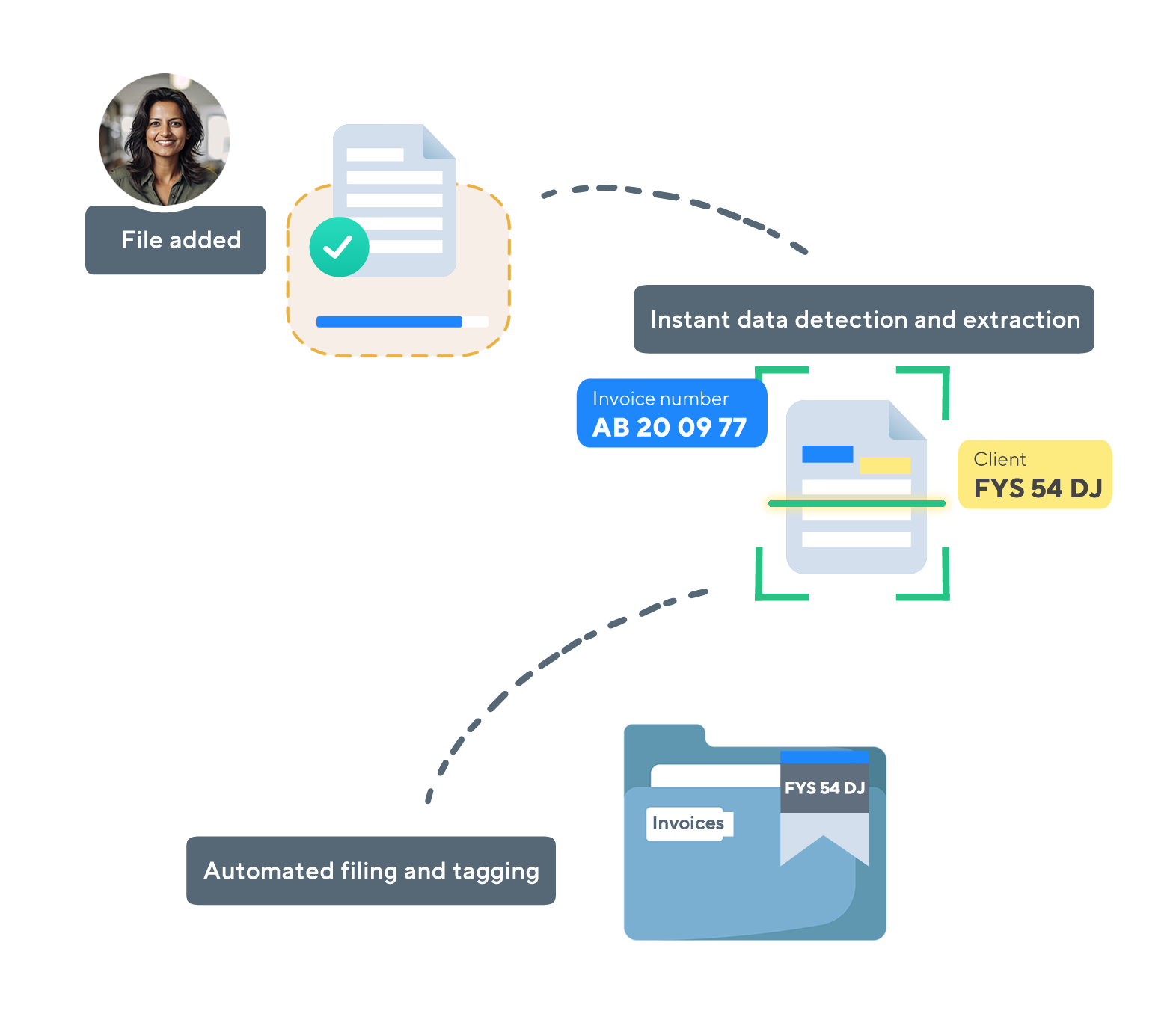
PaperOffice는 문서 관리 및 보안을 제공하기 위해 강력한 플랫폼으로서 Synology NAS의 견고한 데이터베이스를 활용합니다.
이 통합은 PaperOffice의 고급 기능을 기존의 Synology 인프라와 함께 사용하여 문서 관리를 더 효율적이고 안전하게 만드는 것을 가능하게 합니다.
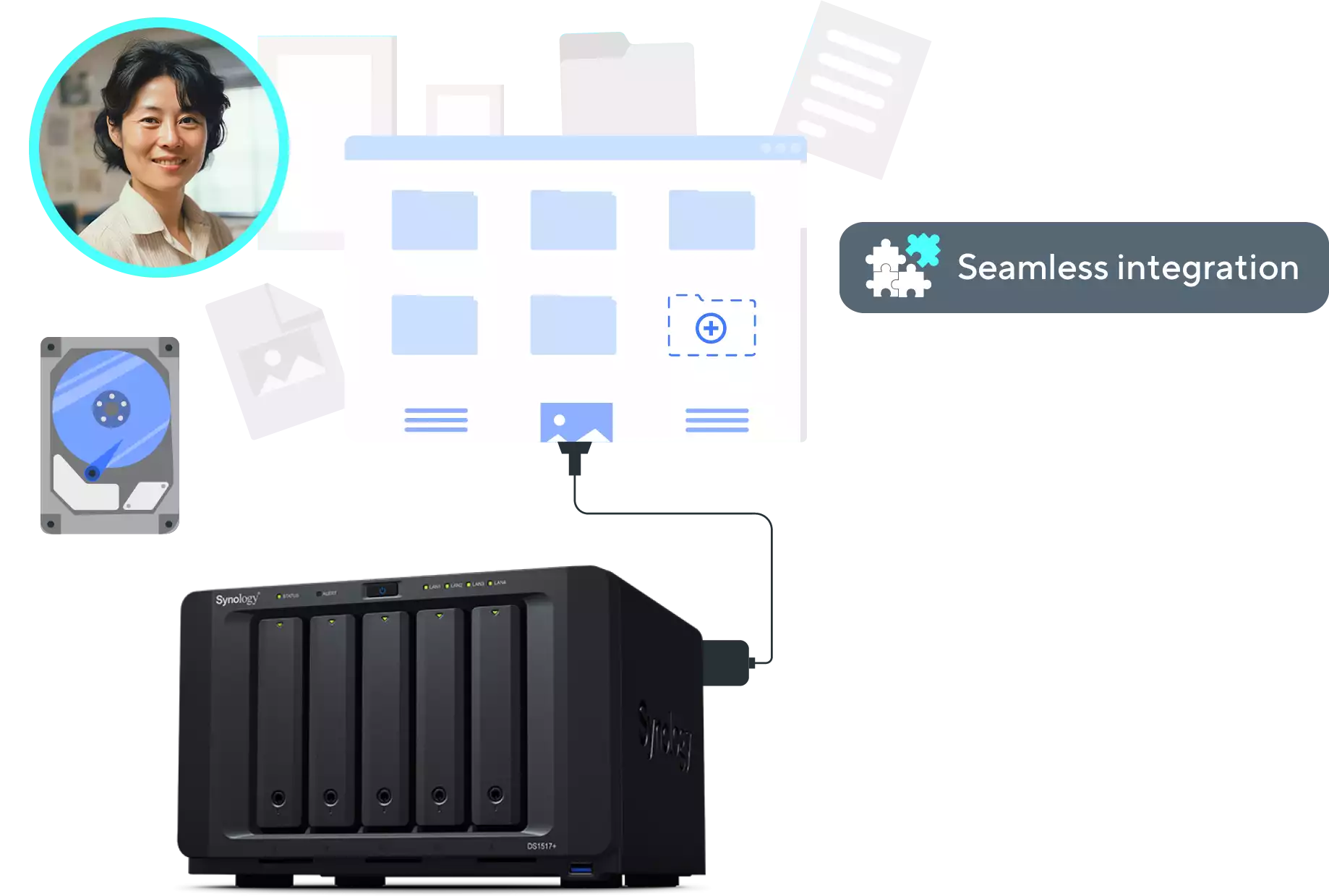
선두 NAS 제조업체인 QNAP이 좋은 이유로 오직 PaperOffice만을 신뢰합니다.
한국어로 번역:PaperOffice는 전 세계 모든 QNAP NAS 장치에 대한 유일한 공식 DMS입니다.
그리고 그것은 60,000 대의 장치입니다. 매월.
PaperOffice의 통합 솔루션으로 워크플로우를 새로운 단계로 끌어올리세요. 프로세스를 간소화하고, 작업을 위임하며, 그 진행 상황을 수월하게 모니터링하세요.
최고의 워크플로우 효율성과, 보안 질문, 역할 할당 및 개별 맞춤형 알림 설정을 포함한 추가적인 유연성을 활용하세요, 그중에는 이메일 알림도 포함됩니다.
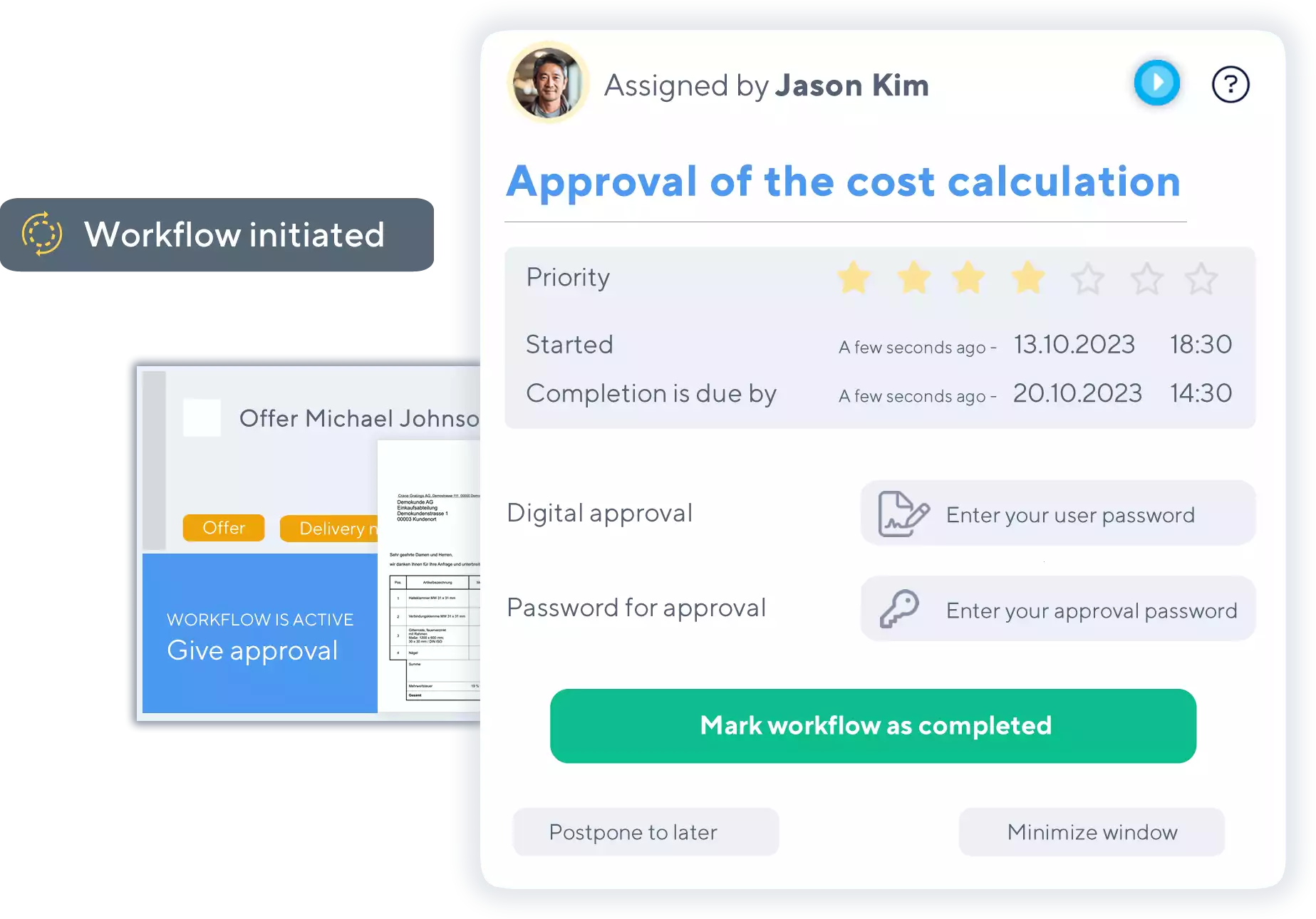
PaperOffice를 사용하면 ZUGFeRD-Standard로 생성된 문서를 원활하게 보관할 수 있습니다. 이 문서들은 XML 형식의 포함된 청구 데이터를 포함하고 있으며 이를 통해 간단하고 빠른 데이터 처리가 가능합니다.
우리의 솔루션은 모든 관련 정보가 안전하게 저장되고 효율적으로 관리되도록 보장함으로써 컴플라이언스 요구사항의 준수를 용이하게 합니다.
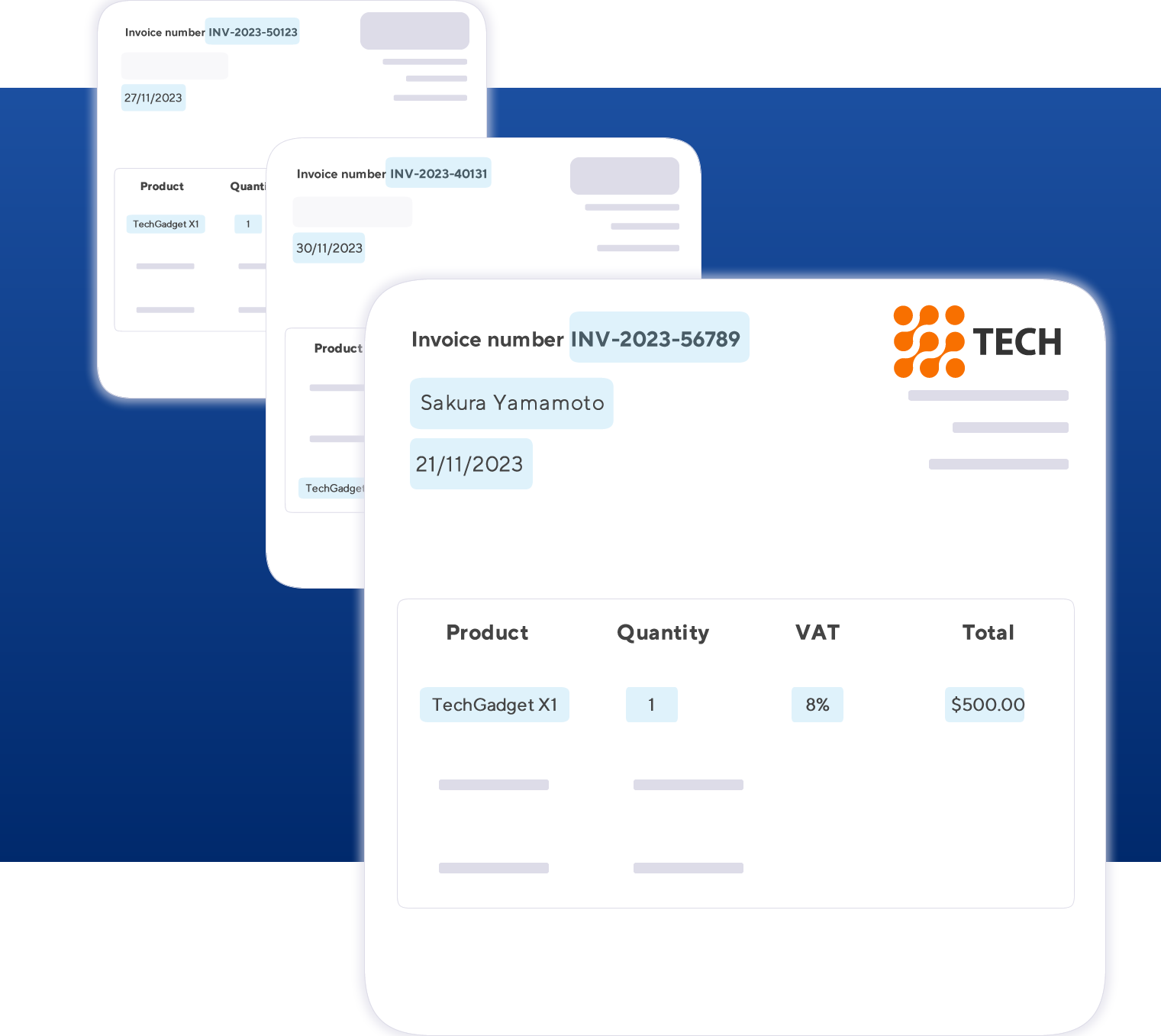
문서 관리를 최적화하세요: PaperOffice를 사용하여 스캔한 문서들에 대한 빠르고 정확한 OCR 텍스트 인식을 스택 스캔 및 대량 처리를 통해 진행합니다. PaperOffice는 이미 있는 문서들을 손쉽게 처리합니다.
스캐너 및 문서 관리 소프트웨어는 기업이 문서를 디지털화하고, 정리하고, 관리하는 데 있어 결정적인 역할을 하며, PaperOffice와 같은 소프트웨어가 중요합니다.
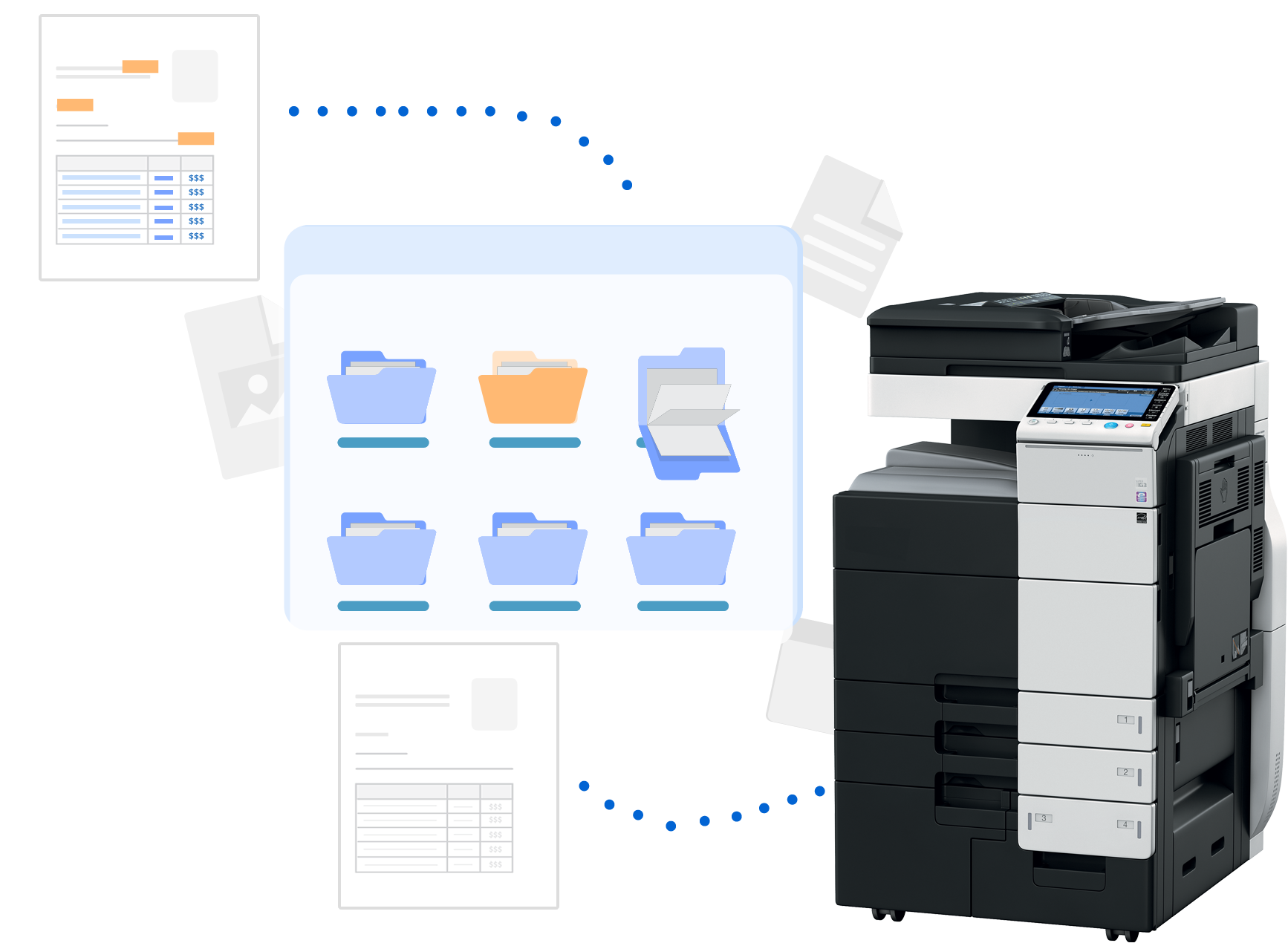
PaperOffice는 중앙 플랫폼을 통해 내부 팀부터 외부 파트너에 이르기까지 다양한 참여자들의 원활한 협업을 가능하게 합니다.
저희 솔루션을 통해 개별적인 접근 권한을 목적에 맞게 관리하고 각 참여자가 필요한 정보만을 정확히 받을 수 있도록 보장하는 통제권을 제공합니다. 협업 시 최대한의 보안과 효율성을 경험하세요.
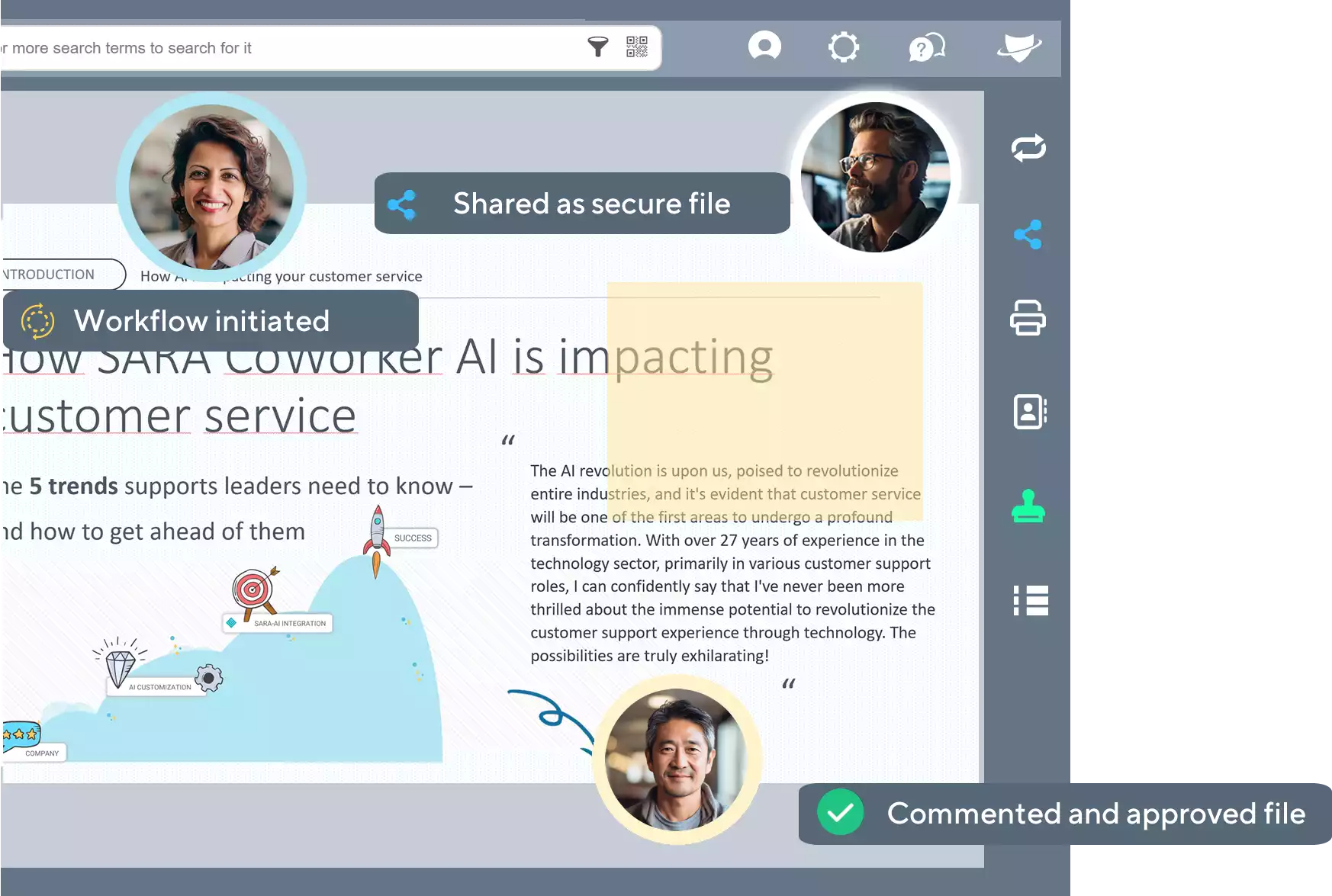
PaperOffice DMS는 프로페셔널한 문서 관리 솔루션을 제공하는 IT 제품입니다. 당신은 프로페셔널한 번역가입니다. 이 "en" 웹사이트/프로그램-UI 텍스트를 "ko"로 번역하고 정확하게 번역했는지 확인하세요. 만약 번역에 오류가 있다면 수정해야 합니다. 이제 텍스트를 번역해보세요:PaperOffice를 통해 문서 관리의 독특한 세계를 발견하세요. PaperOffice는 QNAP NAS 장치를 위한 독점 DMS 시스템입니다. 전 세계에서 유일한 solution https://www.qnap.com/paperoffice 인증을 받은 PaperOffice는 작업 흐름을 최적화하고 데이터를 안전하게 보호하는 원활한 통합을 제공합니다. 이 독특한 파트너십의 혜택을 받아 문서 관리 효율성을 향상시키세요.
